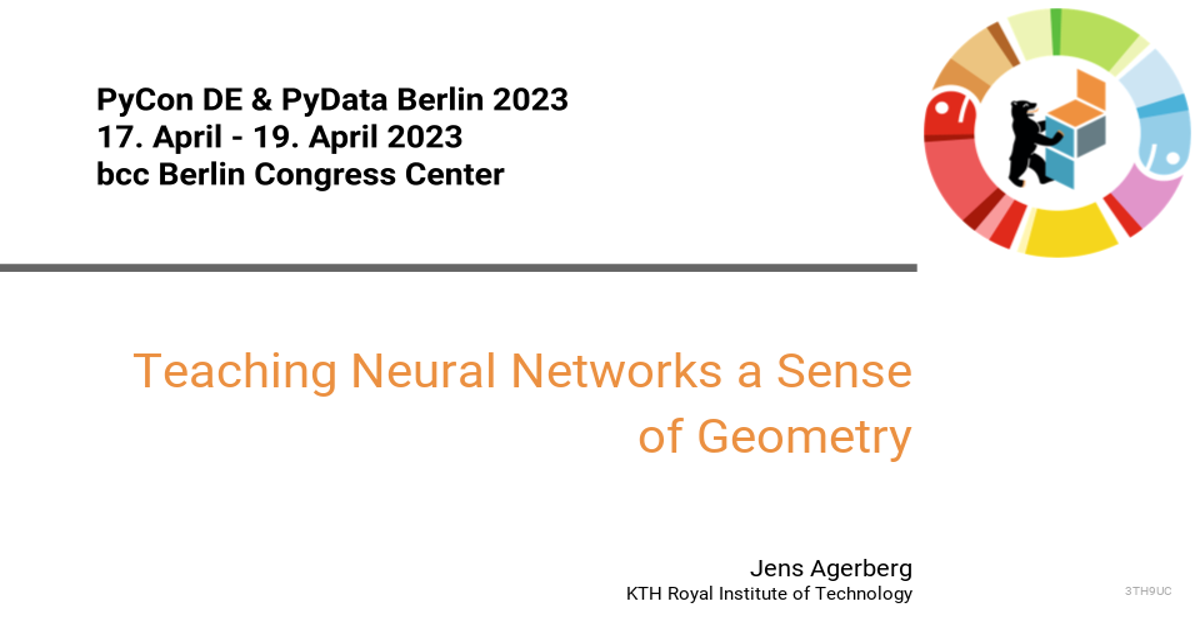Teaching Neural Networks a Sense of Geometry
Jens Agerberg
By taking neural networks back to the school bench and teaching them some elements of geometry and topology we can build algorithms that can reason about the shape of data. Surprisingly these methods can be useful not only for computer vision – to model input data such as images or point clouds through global, robust properties – but in a wide range of applications, such as evaluating and improving the learning of embeddings, or the distribution of samples originating from generative models. This is the promise of the emerging field of Topological Data Analysis (TDA) which we will introduce and review recent works at its intersection with machine learning. TDA can be seen as being part of the increasingly popular movement of Geometric Deep Learning which encourages us to go beyond seeing data only as vectors in Euclidean spaces and instead consider machine learning algorithms that encode other geometric priors. In the past couple of years TDA has started to take a step out of the academic bubble, to a large extent thanks to powerful Python libraries written as extensions to scikit-learn or PyTorch.
Jens Agerberg
Affiliation: KTH Royal Institute of Technology
Jens is pursuing a PhD in Machine Learning and Topological Data Analysis at KTH Royal Institute of Technology in Stockholm, Sweden, while also working as a data scientist at Ericsson. He believes that an important property that sets humans apart from other animals is that we have a sense of geometry and topology. Teaching computers a sense of geometrical recognition and reasoning is thus a promising direction if we want to develop more powerful AIs.

